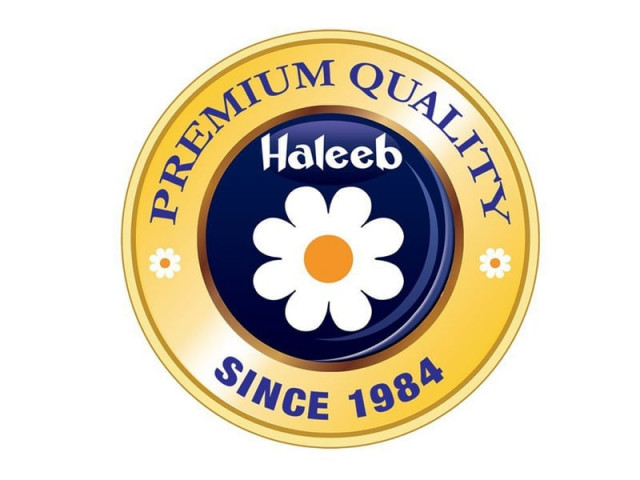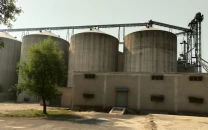Making up for lost time: Haleeb Foods starts recovery, but remains risk-averse
It can take years before company can recapture lost market share.

Lost share: 10% is the share of Haleeb’s UHT milk at present, down from 52% in 2006-07.
The tough old days seem to be coming to an end for Haleeb Foods Limited as the company slowly recovers from its losses, but it is still going to be a few years before it can pay off its debts and regain lost market share in the fast developing food industry of Pakistan. The new management, which took over the company in July 2011, is quite pleased with the development.
From the pioneers of the dairy industry to market leader in Ultra High Treatment (UHT) milk, Haleeb Foods gradually lost its market share to multinational giants. The company faced many ups and downs that might be a good case study for medium scale industries doing business in this segment.
Haleeb Foods led the milk market for some years until 2008, but its competitor Nestle gave it a tough time with its product Milkpak by resorting to aggressive marketing. The competition got stiffer when Olper’s milk of Engro Foods hit the market.
Executives who were earlier associated with Haleeb Foods claimed that the previous management failed to capitalise on the popularity of the milk product and took some wrong decisions that proved costly for the company.
In the midst of the global recession in 2008, the company took a loan to try and turn round its struggling fortunes. On the other hand, its competitors Nestle and Engro were awash with funds and continued to market their products and enhance their share.
In 2011, Vision Mega Fobs Group Limited bought a major chunk of shares in Haleeb Foods and revamped the company with new and young management.
The company now claims that it is once again making profits, though it did not share financial details. “In just 11 months, we have turned the corner and are making profits. They are not a lot but still they are a source of relief for the company,” said Salman Sabir, Manager Corporate Affairs of Haleeb Foods in an interview with The Express Tribune.
Still, its flagship product Haleeb is in crisis as the share of UHT milk has dropped from 52% in 2006-07 to around 10% at present. Another product Tea Max is doing well in the tea whitener category.
According to Sabir, Tea Max is vying successfully with its competitors and it is the only product Haleeb Foods is currently relying on.
Recently, the company has unveiled Groaur, an iron fortified milk. It is offering eight different products and there are plans to introduce a few more this year.
However, the company is treading cautiously and is avoiding unnecessary risk. “We have a lot to offer in the future, but we have to be careful because we are not in a position to take risks,” Sabir said.
Haleeb Foods, which has its manufacturing unit at Multan Road, is focusing more on slashing costs rather than cutting employment. It has more than 350 employees, of which 30% are female.
Former company executives are of the view it will take around eight years for the company to regain lost momentum and pay off debts and that too only if it keeps going at the same pace.
Some history
Haleeb Foods initiated its business back in 1984 with the name Chaudhry Dairies Limited and introduced its first product Haleeb in 1986, which became very popular. The company entered into a joint venture with Friesl and Frisco Domo (FFD) of the Netherlands in 1989, but they parted ways in 1991.
Seven years later in 1998, Haleeb Foods signed a franchise agreement with Candia, a French company, and launched Candia value-added liquid milk products. In 2004, the company changed its corporate name from Chaudhry Dairies to Haleeb Foods and that was the time when its fortunes turned and the Haleeb brand started capturing the market.
By 2008, the company had enhanced its product line by entering the beverage segment and introducing more dairy products.
Published in The Express Tribune, March 31st, 2013.
Like Business on Facebook to stay informed and join in the conversation.



















COMMENTS
Comments are moderated and generally will be posted if they are on-topic and not abusive.
For more information, please see our Comments FAQ